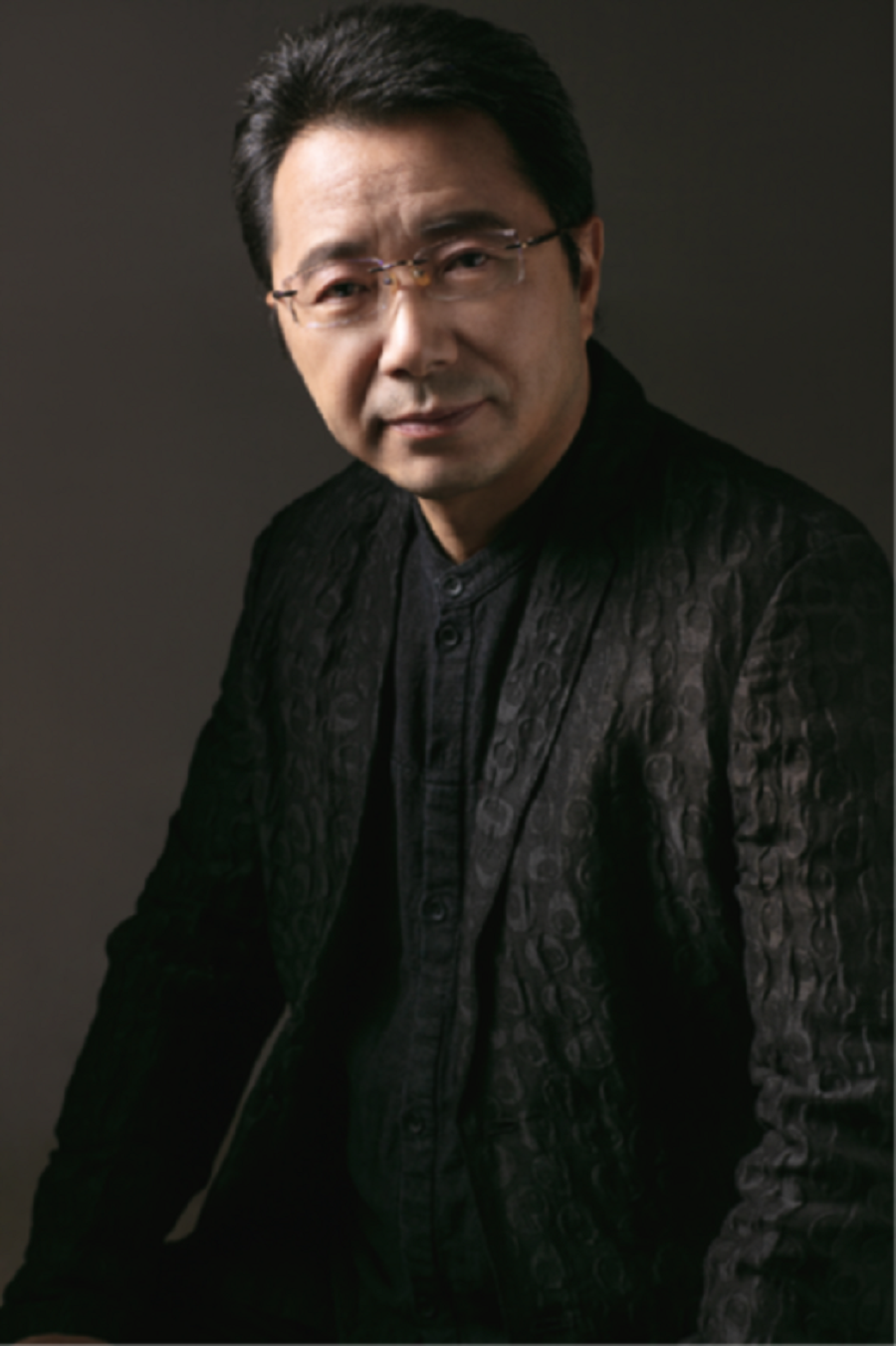
The Chinese civilization has a long history and is extensive and profound. As an important carrier of civilization, urban space contains distinctive characteristics such as economy, society, natural environment, and history and culture, and plays a key role in the inheritance of cultural heritage.
From the perspective of the world, it has gradually formed a consensus to attach importance to the development of urban culture. my country attaches great importance to the protection of historical and cultural heritage. Since 1982, 140 national historical and cultural cities and 799 Chinese historical and cultural famous towns and villages have been announced. Effective rescue and protection were carried out.
Urban space pursues a reasonable layout and function, a beautiful and connotative environment and style, and many classic cases have been formed in history, which have become urban cultural heritage. However, in the construction of the new city or the renewal of the old city, some worrying problems have arisen. On the one hand, the phenomenon of directly applying traditional cultural symbols and forms has occurred from time to time, resulting in impractical "fake big empty" landscapes or the phenomenon of indiscriminate construction of cultural relics and monuments in cottages; It causes problems such as homogeneity of style and one side of thousands of cities. To make urban cultural heritage alive and innovatively develop is the key issue to be explored by the spatial gene theory.
Cultural inheritance does not equal symbolic copying or morphological imitation. Spatial gene theory holds that if some unique and relatively stable spatial combination patterns in urban space are defined as spatial genes, then they carry the unique information of different regions and form the characteristic cultural identity of the city. Urban civilization has its own genes, and culture is not a simple form and feature, nor is it a partial symbol or sign. In the face of future urban construction, simply and rudely protecting urban cultural heritage such as buildings as cultural relics and shelving them, or simply copying traditional cultural symbols and styles, cannot truly inherit the culture.
I once visited a large courtyard in the north. The house was beautiful as a whole, but the horse head wall unique to Huizhou architecture was designed, giving people a nondescript feeling. A city is an organic life, and it depends not only on its form, but also on whether the overall style integrates the local social economy, natural environment, and historical culture, and whether it truly inherits the charm of traditional culture.
Cultural heritage should be constantly updated with the development of society. Over the years, I have participated in many urban planning projects, and I have come to realize that there is no contradiction between inheriting excellent traditional culture and modern technological progress. Urban space is an ever-evolving science. The organization and form of space can evolve and develop. The key is that the core and model remain unchanged. For example, the characteristics of cities that are adapted to natural landscapes, regional climates, and different scenery formed by the idea of "harmony between man and nature" in China have survived to this day. in daily life.
On the other hand, in many designs today, the reason for "a thousand cities is one face" is that they do not respect the spatial genes of cities, lose their own characteristics and traditions, and finally become out of a mold.
A city carries thousands of years of history, where nostalgia is located and its heritage is presented. Urban designers are also cultural inheritors. We are creating space, and space is changing us. Only by discovering the distinctive cultural characteristics and spiritual signs of urban space can we truly inherit the historical and cultural heritage, and let a city have both "objects" and "pulse".